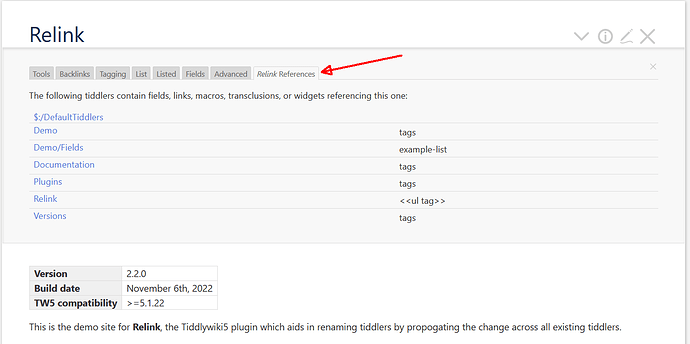For those with a particular interest, or who want to step out of their comfort zone, I want to stimulate a discussion on the use of TiddlyWiki as a modelling tool.
Background
In an off line conversation (with my father) I was discussing complex knowledge / information and modelling problems and realised this a is a key value of tiddlywiki.
I have put similar argument’s in the past, such as how once you have your data in your wiki is is relatively trivial to organise it, or view it in different ways including but not limited to lists, sets, tables, hierarchies and networks to name a few.
- In some past threads about what tiddlywiki means to people, the metaphor of plasticine (or modelling clay) was a strong one, I think we can “unpack this further”.
Now add custom or global search, and the ability to capture analytics of self use (eg last modified/viewed…) we do have a powerful modelling tool.
Given these flexibilities, it becomes easy to model many things from random ideas to complex structures of knowledge, processes, real and imagined systems or virtual worlds in tiddlywiki.
- Models can be exploration and research and the act of attempting to build a model, even if you don’t succeed, can still have benefits. Building a model may help you identify missing information, or identify structures and relationships you were not aware of.
- TiddlyWiki supports the development of multiple and simultaneous models of the same information. Alternative “world views”.
- There are many default, automatic and additional methods to develop “referential integrity”. From propagating the renaming of tags through to using relink including against additional fields. This allows data and models to remain valid even when change happens.
For discussion
- What types of models are you aware of, and which, if any, have you or others modelled? Tell us about any you have seen or heard about?
- What features in tiddlywiki help or hinder model making in tiddlywiki?
- What examples help illustrate what modelling is for naïve or expert users?
- Does/will tiddlyWiki as a modelling tool resonate as a reason for tiddlywiki?
- What is something you have/would like to model yourself?
- What issues lay nearby or tangentially, to the concepts of modelling such as using a model to drive processes from operational, tactical, strategic and contingency perspectives (I just added contingency to the list because of a serendipitous discovery), another I commonly add is “blue sky”, the dreamy/creative end of strategy.
- What features would improve the capacity of tiddlywiki to model different things we encounter?
I look forward to your ideas on even one of these modelling related issues.

